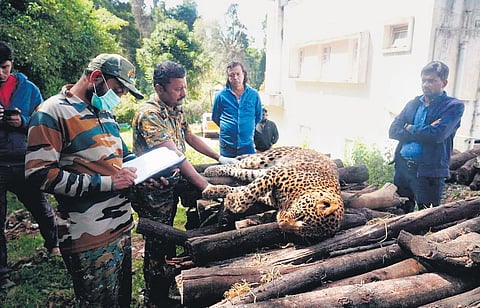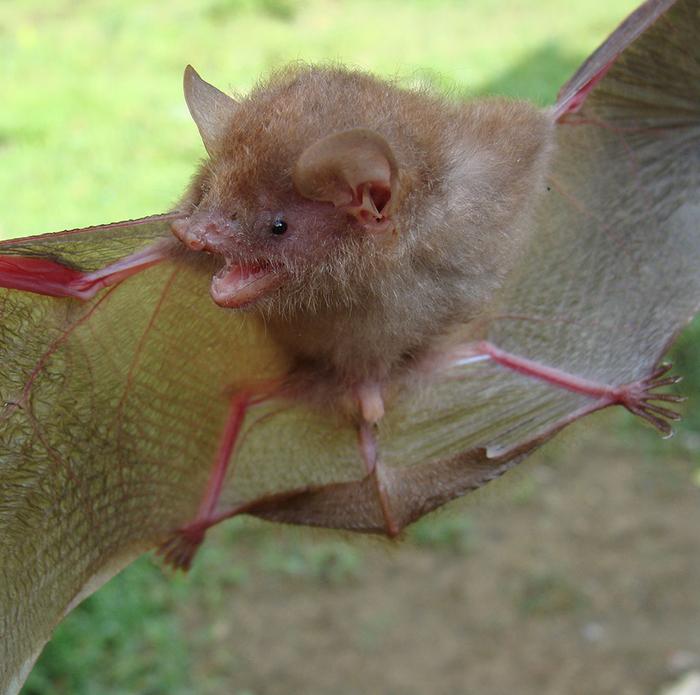Here’s a roundup of the most compelling wildlife-news items from today, with insights into what they mean and why they matter.
1. 🐻 Valuing the Wild: Each Grizzly at Yellowstone National Park is Worth ~US$50,000 a Year



A new economic study estimates that each grizzly bear in Yellowstone is worth about US$46,000 annually in tourism and societal value. The study also assigns about US$15,000 per black bear. Cowboy State Daily
Why it matters
- This puts a dollar figure on what is often seen as “priceless” wildlife—and can influence policy, funding and conservation prioritisation.
- It suggests that wildlife conservation isn’t just an ethical or ecological decision, but an economic one as well—potentially helping to build stronger arguments for protecting habitats and species.
- For reserve managers, communities and governments—especially in regions with tourism potential—such figures could help justify investment in wildlife corridors, anti-poaching efforts and visitor infrastructure.
Considerations
- Valuation methods may vary and rely on assumptions—tourist willingness to pay, ecosystem services, etc.
- The ethical question remains: Are we comfortable putting a price tag on wild animals?
- How can similar studies be scaled to less-visited parks or species that aren’t “tourism friendly”?
2. 🐆 Rescue in the Core: A Leopardess Freed from Snare near Pilibhit Tiger Reserve, India



Forest officials in India rescued a four-year-old leopardess from a metal snare laid by poachers in a field adjacent to the core forest area of Pilibhit Tiger Reserve. She suffered minimal injury; her relocation decision is pending. The Times of India
Why it matters
- The incident highlights ongoing threats even in protected areas: poaching gear like snares continues to endanger large cats and other wildlife.
- The rescue shows that active monitoring and rapid response work—but it also underscores that preventive work (snare removal, community engagement) is crucial.
- The proximity to core forest areas plus recent human-wildlife conflict incidents (64 human fatalities over 9 years in the area) mean the situation is fragile. The Times of India+1
Considerations
- Wildlife staff will need support—equipment, funding, community cooperation—to scale snare-free zones.
- Legal enforcement (under India’s Wildlife Protection Act) is referenced; ensuring poachers are caught and prosecuted is key.
- From a conservation story angle: successful rescuers can be highlighted to build public support and awareness.
3. 🦇 New Bats, New Discoveries: Six New Tube-Nosed Bat Species Found in the Philippines



An international research team documented six previously unknown species of tube-nosed bats in the forests of the Philippines. Good News Network
Why it matters
- Even today, new mammal species are being discovered—this signals that our knowledge of biodiversity (especially in lesser-studied regions) remains incomplete.
- Tube-nosed bats have specialized habitats and behaviors; understanding them can help inform broader ecosystem conservation (e.g., forest health, insect control).
- The discovery invites further research and potentially more protective measures for the forests they inhabit.
Considerations
- Protecting the habitats of newly discovered species is urgent—to ensure that we don’t lose species before we even understand them.
- Conservation funding tends to go to flagship species (tigers, elephants); discoveries like this highlight the need to allocate resources to “less charismatic” fauna too.
4. 🧭 Safari or Snafu? New Safari Route at Pilibhit Tiger Reserve Draws Criticism



A newly opened jungle-safari route through the core forest region of Pilibhit Tiger Reserve in India has sparked criticism from wildlife and legal experts. The area has known human-tiger conflict (64 human deaths in 9 years), and increased tourism access may exacerbate risks. The Times of India
Why it matters
- This raises the tension between tourism and conservation: while tourism generates revenue and awareness, increasing tourism in sensitive zones may disturb wildlife, cause stress, or increase conflict with humans.
- Legal concerns: core forest zones are often designated for minimal human intrusion; new access could violate regulatory frameworks or conservation norms.
- From a management viewpoint: balancing community benefits (employment via safari tourism) vs ecological costs is delicate and important.
Considerations
- Reserve management will need to monitor impacts: wildlife behavior, habitat disturbance, visitor footprint.
- Perhaps there’s a need for stricter safari guidelines (time limits, vehicle numbers, visitor education).
- The story might serve as a case study: how to develop safari/ecotourism without compromising core-zone integrity.

ConversionConversion EmoticonEmoticon